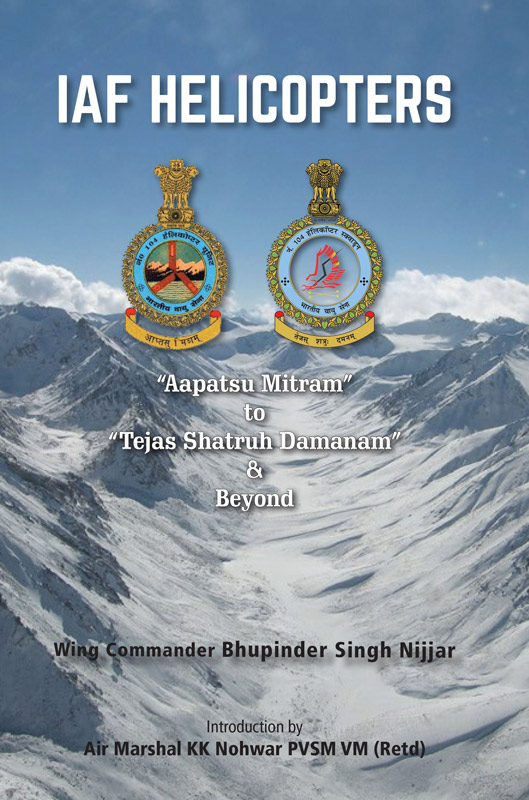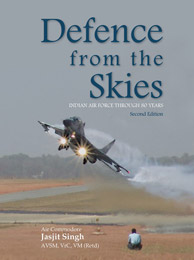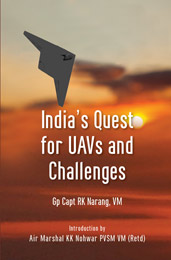Subjects
IAF Helicopters: “Aapatsu Mitram” to “Tejas Shatruh Damanam” & Beyond
Bhupinder S Nijjar
Helicopters have been an important component of the incredible journey of the Indian Air Force (IAF) since their induction in March 1954. Since then, the helicopter fleet of the IAF has undergone a steady expansion in terms of both types and numbers. These numbers are also likely to swell further, with the planned induction of the Apache and Chinook helicopters.
This research project provides an insight into this amazing journey of the helicopter platform in keeping with the highest traditions of the IAF. Spread over seven chapters, the layout is so designed that each chapter can be read either individually or in a contiguous manner. The narrative dwells upon the historical aspects concerning not only IAF helicopters, but also those of China and Pakistan. It addresses the issues concerning the exploitation of the rotary wing platform in a joint manner by the Indian armed forces, and also discusses the perception of the extreme vulnerability of the helicopter, as a military aviation platform. The narrative culminates with a chapter detailing the doctrinal precepts–drawing upon the lessons learnt during various military operations involving the platform in a global environment–which are likely to govern the manner in which the IAF deploys its helicopter fleet in the future.
The book is likely to appeal to both the professional as well as a layman, who have an abiding interest in both aviation history, as well as in the contemporary issues facing the Indian defence forces.


 Political Science
Political Science



